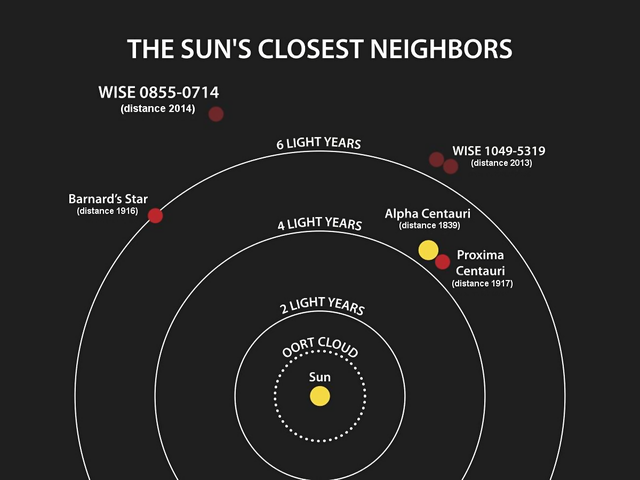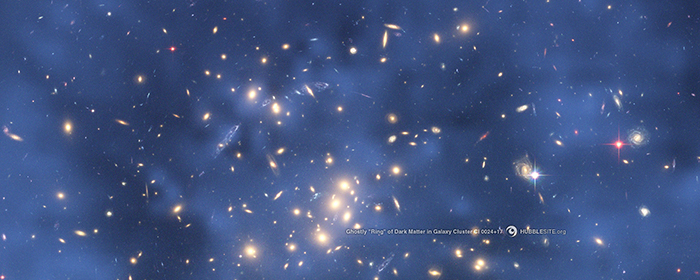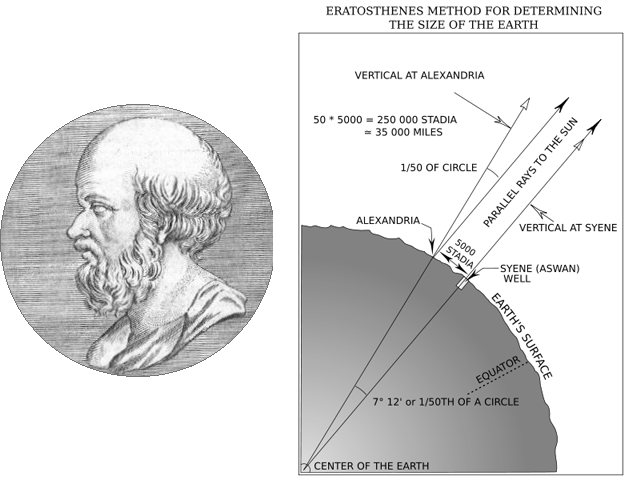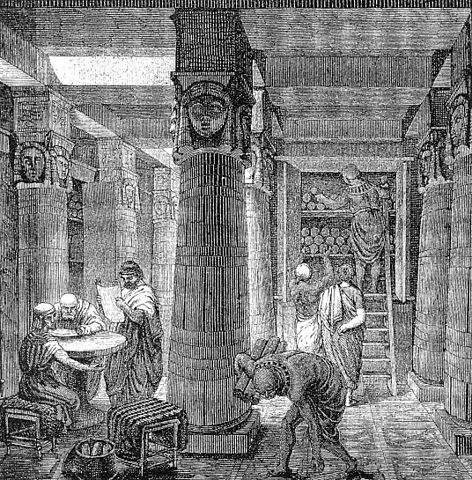Follow me:

Date posted: December 29th 2016
Book Title: Cosmos
Book-in-a-sentence
We stand on the shores of a cosmic ocean… Ankle‑deep, wondering how deep the ocean is
My Summary (audio)
My Summary (text)
Contents
- Chapter 1: Where are we?
- Chapter 2: Where do we come from?
- Chapter 3: Intelligent life
- Chapter 4: All about Venus
- Chapter 5: The red planet
- Chapter 6: Exploring our surroundings
- Chapter 7: The Ionian awakening
- Chapter 8: Light!
- Chapter 9: Out there...
- Chapter 10: The early universe
- Chapter 11: The replicators
- Chapter 12: Are we alone?
- Chapter 13: Will we make it?
- Comments
- Notes
Chapter 1: Where are we?
Not the actual chapter title… Carl’s titles are much more eloquent and descriptive—but, I would like to simplify them a little bit
From the beginning Carl really puts things in perspective. He starts by pointing out how small we are in the grand scheme of the Cosmos. Our civilization has thrived only for a couple thousand years. That may seem like a long time for most of us but the universe has existed for 13.8 billion years!!! That is 13,800,000,000 years! This is such a hard concept to grasp—Big numbers like this don’t really mean much to most people.
For this reason, I must add a little disclaimer here, because my summary might miss a lot of the impact that is captured so well in the book. Things like a lightyear, or a million years can get very easily lost in words. So you might want to check out the new Cosmos series with Neil de Grasse Tyson after reading this, it will give you a much better ground before going down the rabbit hole that this book is.
But if you’re still reading, we can start with the age of the Earth: 4.5 billion years old—and since it’s creation, it has been revolving around a single lonely star which we call the Sun. This star happens to be about 4.2 light years away from its nearest neighbor (Proxima Centauri). This means that light—the fastest thing there is—would take 4.2 years to get from Proxima Centauri to the Sun1.
Note: The image below is a terrible representation of the distances between stars. But if you read the caption you will understand why it is SO hard to depict this in a picture.

A rough scale of how far the nearest stars are, with the exception that the colored circles (stars) are 4 million times larger than they are supposed to be. This picture is terrible at depicting distances, the stars are way too big. To put it another way, if the sun was the size you are currently seeing it in this picture2, Earth would be 20 inches away (and you would need a microscope to see it) and proxima centauri would be 87 miles away!!!
Image under Public Domain via Wikimedia Commons
We really are isolated here in our little “pale blue dot” (as Carl used to call Earth), but we have been slowly teaching ourselves the Cosmos through observation.
It has been 400 years since Galileo first saw Venus through his telescope, and since then, we have already observed and identified tons of celestial bodies—such as red giants, white dwarfs, nebulae, pulsars, you name it! Objects that are so big and so far away that we can but observe in wonder. Nonetheless, we are clever creatures, and we have learned a great deal about the Cosmos—despite the astronomical distances.
However there are still many mysteries that we haven't solved, for example, we suspect there are other forms of matter and energy out there that we still can't even comprehend—and we resort to call them “dark”3. Furthermore, we are not sure why we haven't found other forms of life, statistically the Universe should be brimming with life! So where is everybody?... We don't know, as Carl said, “we are standing at the shores of the cosmic ocean...” and we have barely dipped our ankles.

The Hubble Telescope (looking deep into space) detecting dark patches that we can't comprehend
Image under Public Domain via Hubble Site
We started dipping our feet in the cosmic ocean thousands of years ago, thanks to our curiosity. One of the first people to think deeply about where he was standing, was Eratosthenes, 276 BCE4. He was the first person to propose that the Earth was not flat. He came up with this crazy idea just by looking at the length of the shadows casted by two sticks. The catch is that these two sticks were in two different cities, with different latitudes. Eratosthenes noticed that in a certain day of the year, one of these sticks (the one located farther from the equator) casted a shadow of a certain length, while the other one (closer to the equator) didn’t have a shadow at all.
Any other person would have missed this detail, but Eratosthenes was a badass! And with this piece of information, and a little geometry, he calculated the diameter of the Earth—quite accurately for a man born almost 2300 years ago.

Eratosthenes (left) and a sketch of his method for calculating the size of the Earth (right). This story is sometimes told with a well (instead of a stick). I think what happened was that he only heard the stories about this a distant city, where (for a day) sticks cast no shadows and the Sun goes straight into wells. He may have not even seen them, but knowing that, he only had to look at the shadows in his own city (on that same day) and measuring the distance between the cities, he did the math. Amazing isn’t it?
Left and right images under Public Domain via Wikimedia Commons
Eratosthenes lived in Alexandria, one of the first civilizations who challenged our knowledge of the universe through scientific observation. In this city, founded by Alexander the Great, amazing scientific advancements happened thanks to Alexander’s appetite for knowledge and curiosity. Every ship that docked in Alexandria was searched—not for contraband, but for books. These were copied, stored in the Great Library of Alexandria, and returned to their owners.
Many disciplines like mathematics, mechanics, geometry, language, and astronomy, were seriously developed in Alexandria’s first 300 years—before it fell under Roman hands around the year 48 BCE. Its downfall, other than religious siege and other political issues, was that they kept all this knowledge in a single library, only available to the elite and the rich. This separation of the rich and the poor obviously led to a revolt that destroyed the library, burning most of the scientific discoveries made back then.
Yes... their cultural inequality was their downfall, but it was a fair try for a young and inexperienced civilization.

The Great Library of Alexandria
Image under Public Domain via Wikimedia Commons
Chapter 2: Where do we come from?
Alright so humans have lived for less than a million years, and the Earth is 4.2 billion years old. OK... But how did life originate?
The origin of life is very hard to identify—the concept itself is even difficult to grasp. What is life anyway? Let me remind you that we are just a collection of organic molecules who seem to have a desire to replicate ourselves. That’s the most fundamental drive of living organisms, reproduction.
In fact, life on Earth seems to have originated this way, about 4 billion years ago, when certain carbon‑based protein molecules replicated themselves (for some bizarre reason). As they replicated, the environment around those molecules shaped them, making slight changes depending on the things these molecules experienced during their life. As generations went by, they became more adapted to their environment and a little more skillful at replicating themselves.
This skill‑shaped replication, based on the environment, happened all around the young Earth, and as they became more complex, and more specialized, the molecules that were good at a particular task found synergy with others—so they grouped to form a cell.

A picture of a microorganism of this era (obviously), in which the cell seems to be separated in smaller sections (circles if you will). It is believed that similar versions of those circles were once their on their own, and they later grouped to form a cell.
Kind of like how those cells then grouped to form animals and stuff... Or how humans group to form cities. Life just seems to group together to form a bigger entity.
It’s kind of weird to think about it, because it seems like I’m implying that cities are living organisms. Are they not?
Image by Dietzel65 under Creative Commons license Attribution-Share Alike 3.0 Germany via Wikimedia Commons
Once these small pieces were confined within a cell, the different sections took different tasks. The nucleus took charge of all the logistics of replication, the mitochondria took charge of the energy production, the cell wall took the role of a protective layer, etc. And they started replicating all over the place!
A couple billion years went by, and these little cells realized that if they used half of their “replication juice” (shaped by their own environment) and merged it with half of someone else’s “replication juice” (shaped perhaps by a slightly different environment), their offspring would have a better chance of survival. The broader the survival information is, the better. That is precisely what sex is, and seems to have been invented around two billion years ago.
Obviously, when I say “they realized” or “invented” of course I don't mean it, this wasn’t a conscious effort it was simply what worked best, and survived the most. Natural selection.
It’s important that we pay attention to the timeline, this process took a long freaking time! About 2 billion years of sexless unicellular organisms struggling to adapt, and almost another 2 billion years of sexual (but still) unicellular organisms. But then...something remarkable happened: around 600 million years ago, the cells started grouping together to form even bigger organisms. Making the first multicellular organisms.

This little worm‑looking thing is about a millimeter in length, and it was dyed it with a pigment that makes the cell nuclei glow red, meaning each dot represents a cell. How many red dots do you see? Perhaps three thousand? Imagine then, three thousand of those in the previous picture now put together as a whole to form this roundworm. Very cool huh?
Image by Quadell under Creative Commons Attribution 2.5 Generic license via Wikimedia Commons
Once the cells learned to group together, another 100 million years went by and a bunch of creatures (visible to the naked eye) like the trilobites were all over the ocean floor. This event was called the Cambrian Explosion. And I guess they named it “explosion” since for 4 billion years life was exclusively unicellular, while it took 2% of that time to produce a vast variety of multicellular organisms. But don't forget: 100 million years is a long freaking time! Certainly NOT an explosion…
Statues of Trilobites at the World Museum in Liverpool, England. The biggest trilobites got to be up to 30 cm long (12 inches)
Image by Rept0n1x under Creative Commons license BY-SA 3.0 via Wikimedia Commons
Explosion or not, this event led to hundreds of millions of species that lived and flourished across the millennia. Fast forward to about ten million years ago and the first creatures resembling a human started appearing. This was all thanks to the long process of evolution and natural selection.
Click on the next button to keep reading
